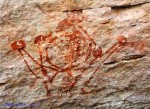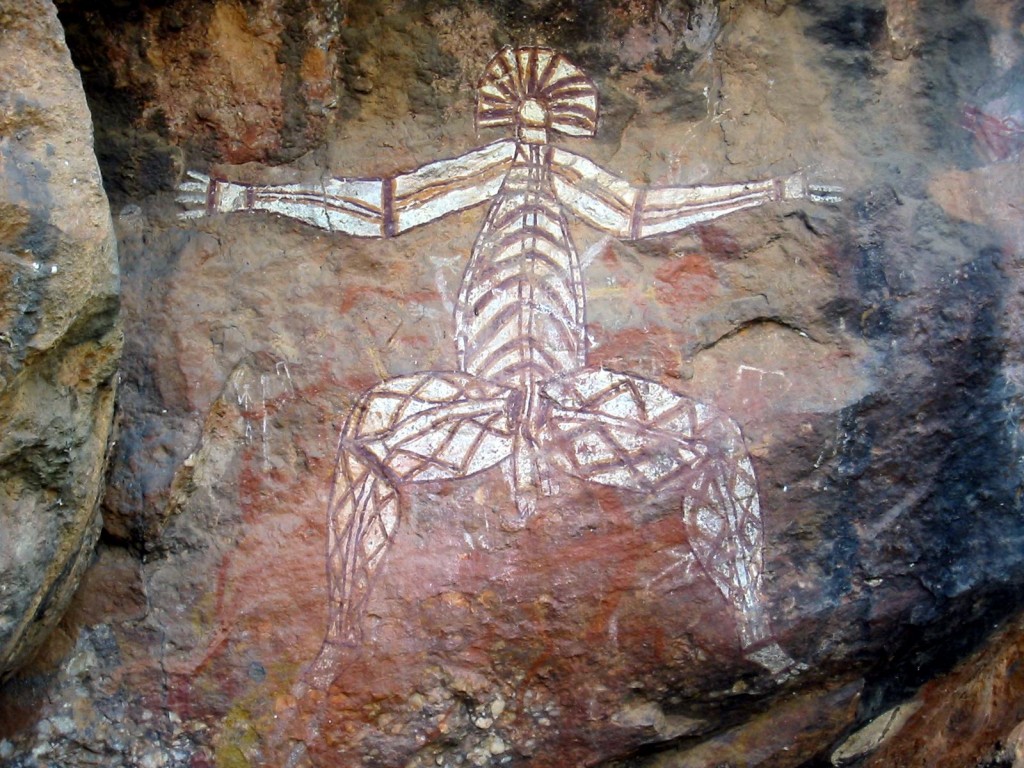 Archaeologists from three universities, Queensland’s Griffith University, the Australian National University and the University of Western Australia, have launched a new initiative called Protect Australia’s Spirit to help preserve Australia’s rich tradition of rock art. Australia has the most rock art of any country in the world, at least 100,000 sites dating as far back as 15,000 years, but it is under increasing threat from vandalism, industrial and urban development and climate change. Professor Paul Taçon of Griffith University, Australia’s first Chair in Rock Art Research at Griffith University, warns that unless concrete and immediate action is taken to monitor these sites, fully half of them could be gone in 50 years.
Archaeologists from three universities, Queensland’s Griffith University, the Australian National University and the University of Western Australia, have launched a new initiative called Protect Australia’s Spirit to help preserve Australia’s rich tradition of rock art. Australia has the most rock art of any country in the world, at least 100,000 sites dating as far back as 15,000 years, but it is under increasing threat from vandalism, industrial and urban development and climate change. Professor Paul Taçon of Griffith University, Australia’s first Chair in Rock Art Research at Griffith University, warns that unless concrete and immediate action is taken to monitor these sites, fully half of them could be gone in 50 years.
Australian rock art has a remarkable range of media, from paintings to engravings to stencils to figures made of beeswax found on boulders, caves, and cliff-faces. Some of that art is extremely vulnerable to the elements even under the best of circumstances, and the best of circumstances are rare. Areas like western Australia’s Pilbara region have seen entire sites destroyed or carved out and removed in favor of the expanding mining industry.
The first step of the campaign is to raise $6 million Australian (US$7.8 million) to create a single national register of all the rock art in Australia. Right now, there is no master list. There are all kinds of fragmented archives kept by regional and national government, plus museums, universities, national parks, individual researchers and each Aboriginal language group. That means that conservation, when done at all, is not centralized and often mired in jurisdictional and cultural conflicts.
The proposed archive would work with local Aboriginal communities who have to approve the public listing and protection of sites. This can lead to conflict as Aboriginal Affairs Victoria found in 2008, when it tried to restore some of the Mudgegonga rock art near Myrtleford without involving local Dhudhuroa people. Dhudhuroa spokesman Gary Murray said at the time it was ”akin to having a precious Picasso restored by trainees when Picasso is sitting next to you.”
They’re hoping to raise the money quickly courtesy of a wealthy philanthropist or two. After they have enough funds to get started, they’ll start by identifying the 100 most important rock art sites in the country and using laser scanning technology to create 3D digital replicas. That way if anything should happen to the sites, there will be a detailed record of what’s been lost.
Here’s an online form if you’d like to donate to the cause.
